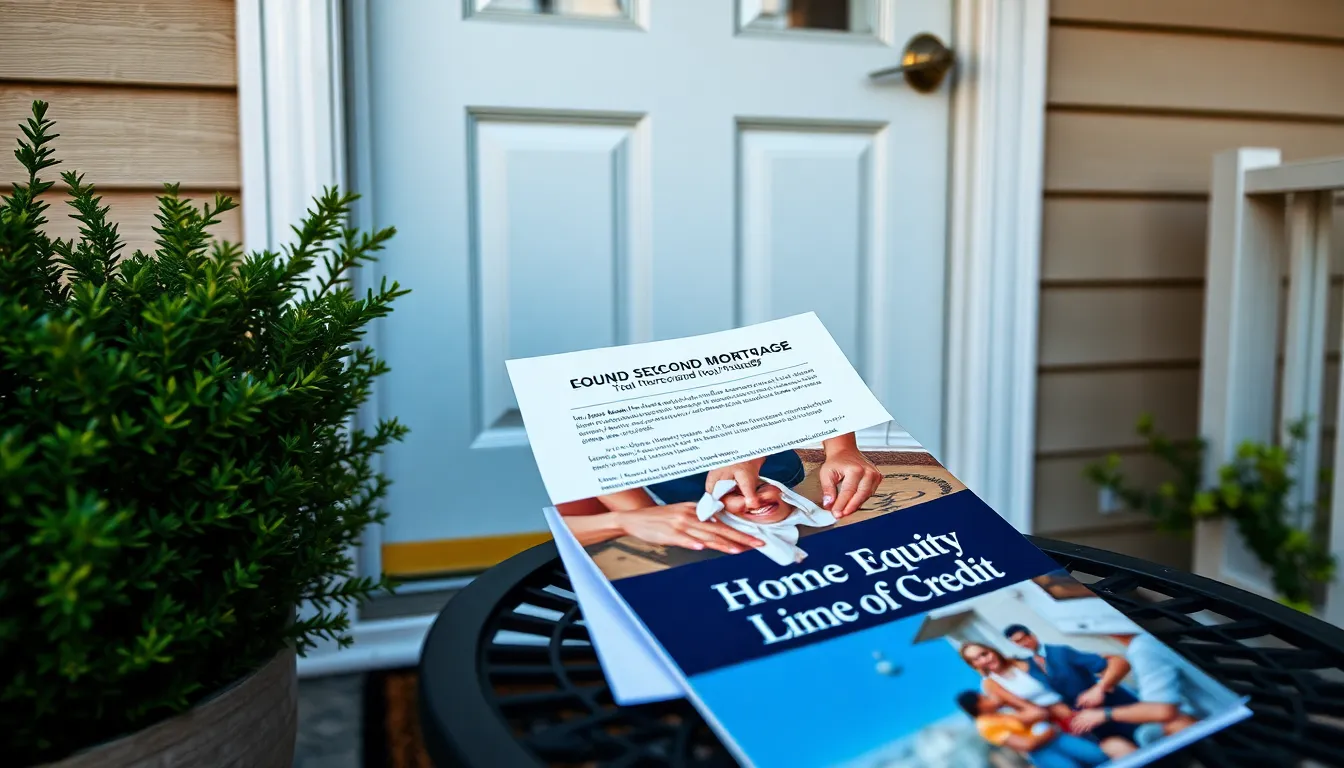Table of Contents
ToggleIn the wild world of finance, where money talks and liens walk, the subordinate lien struts in like the quirky cousin at a family reunion. It might not be the star of the show, but it plays a crucial role in the drama of debt and property ownership. While most folks focus on primary liens, those brave enough to venture into subordinate territory find a treasure trove of opportunities—and maybe a few surprises along the way.
So what exactly is a subordinate lien? Think of it as the underdog in a movie, fighting for its place in the spotlight. It sits behind primary liens in the pecking order, but it can still pack a punch when it comes to financing. Understanding subordinate liens could be the key to unlocking new financial strategies and avoiding pitfalls that might trip up the unprepared. Let’s dive into this fascinating topic and uncover why it deserves a place on your financial radar.
Understanding Subordinate Lien
Subordinate liens play a significant role in financial transactions. They prioritize payments behind other liens, establishing a specific order of claims.
Definition of Subordinate Lien
A subordinate lien refers to a legal claim against a property that has a lower priority than one or more existing liens. In simplest terms, if a borrower defaults, subordinate lien holders only receive payment after senior lien holders settle their debts. These liens often arise from home equity loans or lines of credit. They provide borrowers access to additional financing options while letting them keep existing mortgages intact.
Comparison with Senior Liens
Senior liens take precedence in payment during financial settlements. When properties are sold or foreclosed, senior lien holders receive their dues first, minimizing subordinate lien holders’ recovery chances. Payments depend on the lien’s priority; thus, subordinate liens carry higher risks. In contrast, senior liens generally come with lower interest rates, reflecting their reduced risk. Understanding this hierarchy helps investors and borrowers determine financial strategies effectively. Recognizing the implications of both types can lead to better decision-making.
Types of Subordinate Liens
Subordinate liens can take various forms, each serving distinct financial purposes. Two common types include second mortgages and home equity lines of credit.
Second Mortgages
A second mortgage represents a loan taken out against a property that already has a primary mortgage. This type of lien ranks below the first mortgage, meaning the primary lender is paid first in a default situation. Borrowers often use second mortgages for significant expenses such as home renovations or debt consolidation. Typically, second mortgages come with higher interest rates due to the increased risk for lenders. Understanding this financial tool enables borrowers to access additional funds while leveraging existing home equity.
Home Equity Lines of Credit
Home equity lines of credit, or HELOCs, provide borrowers with a revolving line of credit secured by their home. This lien ranks subordinate to the primary mortgage, which reflects its lower priority in the event of default. Lenders determine credit limits based on the homeowner’s equity and creditworthiness. HELOCs offer flexibility, allowing borrowers to draw funds as needed, making them ideal for ongoing expenses such as education or medical bills. The interest rates typically fluctuate, generally aligning with prevailing market rates, which requires borrowers to monitor their payments closely.
Legal Implications of Subordinate Liens
Subordinate liens carry significant legal implications that borrowers and investors must understand. These liens rank lower in priority, creating unique challenges and considerations.
Role in Bankruptcy
In bankruptcy cases, subordinate liens might contribute to limited recovery options for lien holders. Primary lien holders often secure their claims first, leaving subordinate lien holders with little to no compensation. When a borrower files for bankruptcy, it’s essential to consider that subordinate liens may not get any payment if the property’s value falls short of covering senior debts. Consequently, these lien holders can face substantial financial loss. It’s crucial for them to monitor property values and owners’ financial situations actively.
Impact on Foreclosure
Foreclosures involving subordinate liens introduce complexity into the legal process. During foreclosure, primary lien holders typically have the right to take possession of the property first. Secondary lien holders are left with a claim that may go unpaid if the foreclosure sale price fails to cover both the primary lien and their own claim. Furthermore, subordinate lien holders often find themselves in a precarious position, needing to negotiate for potential compensation or aim for alternatives, such as loan modification. Understanding the foreclosure landscape becomes vital for making informed decisions regarding subordinate liens.
Advantages and Disadvantages
Subordinate liens offer both advantages and disadvantages, making a thorough understanding essential for borrowers and investors.
Benefits of Subordinate Liens
Subordinate liens provide unique financial opportunities, allowing access to additional funds while retaining an existing mortgage. Borrowers frequently utilize them for significant expenses, including home renovations or debt consolidation, which can enhance property value. Interest rates on subordinate liens often reflect higher risks, but they may offer lower borrowing costs compared to unsecured loans. When managed effectively, these liens can serve as a useful tool in financial planning. They also allow flexibility through instruments like home equity lines of credit (HELOCs), enabling borrowers to draw funds as needed.
Risks Involved with Subordinate Liens
Subordinate liens carry inherent risks that borrowers must consider. In bankruptcy scenarios, lien holders typically face lower recovery chances, as primary liens are prioritized during debt settlements. Financial distress can impact property values, potentially leading to limited compensation for subordinate lien holders. Foreclosure situations pose additional challenges; secondary lien holders might discover their claims unpaid if the foreclosure sale fails to cover total liabilities. Higher interest rates associated with subordinate loans also increase monthly payments, which could strain borrowers’ finances. Understanding these risks is crucial for making informed decisions regarding subordinate lien investment and utilization.
Conclusion
Subordinate liens play a pivotal role in the financial landscape despite their often-overlooked status. They provide borrowers with additional funding options while allowing them to leverage existing equity. However, the risks associated with these liens cannot be ignored. Understanding their position in the lien hierarchy is essential for both borrowers and investors alike.
By grasping the nuances of subordinate liens, individuals can make more informed decisions that align with their financial goals. Whether considering a second mortgage or a HELOC, recognizing the potential rewards and challenges is key to navigating this complex terrain successfully.




